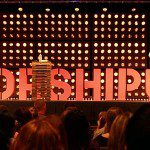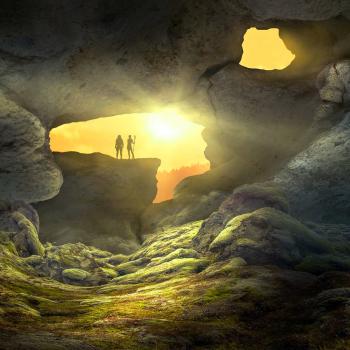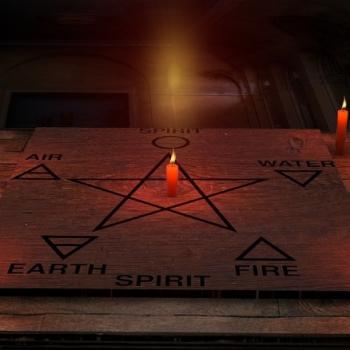In 1973, a friend of mine returned to Southern California from a visit to a Wiccan gathering in the Bay Area telling me about a musician he had met by the name of Gwydion Pendderwyn who had a songbook full of wonderful music all about the Craft. My friend gave me the address of an organization called Nemeton from which one could order the book. So, for the extravagant sum of $2.50 plus postage I did and set about learning to sing and play some of the songs.
Two years later, I was spending a few weeks guesting in the home of a Gardnerian couple known as Athena and Dagda. While I was there, Gwydion came to visit, and I played and sang for him including an arrangement I’d done of his Harvest Dance for Appalachian dulcimer.
https://www.youtube.com/watch?v=Z0MrLNzspucGwydion was delighted, especially because I did his songs in a bouncy, folksy style. It seems he’d recently been visiting other Witches on the East Coast, and they, too, had sung some of his songs for him. But they sounded, he said, “like Presbyterians;” everything was slow and solemn and far too reverent. It made him crazy! What he’d really like to do, he told me, was put out an album of the songs to show people how they should sound. But, he didn’t have the first notion how to go about it.
“Funny you should mention that,” says I.
A few years back my partner and I, along with many of our friends, had spent an entire summer working as backup musicians and singers on a very bad country western album. The album may have been a disaster, but the experience was invaluable. And, since then one of the friends we’d worked with had bought himself an enormous array of then-high tech recording equipment and was running a small business out of his home cutting demos for other struggling hippie musicians.
“You want to cut an album,” I told Gwydion, “we can do it.”
And, that’s exactly what we did.
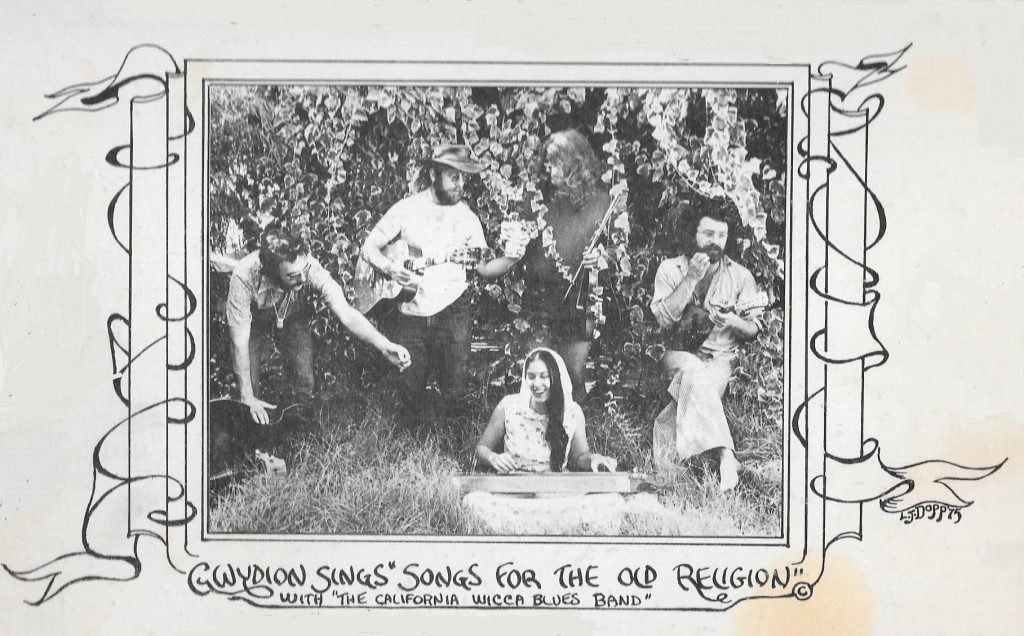
First we approached Larry (“Sigfried Lohengrin” on the liner notes), the recording engineer. “Sure,” he said, “I’ll record it for you. Just don’t get any chicken blood on the rug.” We explained that we didn’t do chicken blood, and it was a go. Friends, and friends of friends, offered to play and sing backups for us in exchange for their names on the album and a copy of it.
I phoned Gwydion and told him it was all arranged, and he said he and his friend Bill, the bass player, would be flying down the following weekend. That’s when I learned just how little Gwydion understood about recording: they expected to complete an entire album, without prior rehearsal, over a 4-day weekend. He’d never even sung into a microphone before and had to be taught how to modulate his voice instead of bellow and to strum his guitar rather than whack it for all it’s worth like you do to be heard across a campfire.
By the end of the extended weekend, we’d recorded four songs and laid down the bass tracks for the rest, as Bill had to get back to San Francisco and his job. Gwydion arranged to stay another week or so. That’s when the hard work started.
My partner Hugin (mandolin, lead acoustic guitar on most cuts) and I also had day jobs. We’d get up at 6 a.m., work until 5, head out to Larry’s house in Tujunga, stopping at Tommy’s or In ‘n’ Out along the way for burgers, and work until as late as 2 a.m. Nerves grew frazzled, and vast amounts of Columbian er, ‘herb’ got consumed. I discovered that, playing almost entirely by myself for 15 years or so, I had never learned to keep a consistent rhythm and had to modify the way I normally played my song The Sungod to fit the pre-recorded bass track. I also discovered that people could get really tired of my incredibly picky perfect pitch which is why the mandolin track on one cut is so very flat: I got yelled at one time too many and just let them get on with it.
One of the funniest experiences was during the recording of The Song of Mari. Larry’s house was in a semi-rural area in the foothills, and his next-door neighbor kept chickens. We’d had no trouble before, but somehow just as we’d get to the end of this one song, the damn rooster would crow and sure enough, it would show up on the tape. Off-pitch. We must have re-recorded it six or seven times, we’d been at this for over a week, and by now we were feeling really down to the wire. We were all stifling the urge to go strangle the rooster. But, it was late and we decided to leave it and re-do it the following night.
The next night Larry met us at the door with a big grin. “Listen to this!” And he played The Song of Mari. No rooster! He’d very cleverly taken one of those “environments” albums that were so popular at the time, and added the sound of waves from it at the beginning and end of the cut. Not only did he solve the problem but he created one of the loveliest pieces on the album.
Another great incident was the taping of The Lady’s Bransle (pronounced, by the way, as “brawl.”) You hear a false start, then Gwydion saying something, then we restart. He hadn’t had his glasses on and couldn’t see the sheet music, so he was basically following the rest of us. What he says is, “You’ll have to sing louder, I can’t see.” We thought that was such a funny non-sequitur that we decided to leave it in.
This is by far the trickiest song on the album, even above The Spring Strathspey on which I triple-track harmony with myself (and talk about fun!) On The Lady’s Bransle we started with the core group and all the backup singers we could find (note that incredible tenor carrying the last chorus!). Then Larry dubbed it over and over, adding another layer to each verse until by the last one we sound as if we could have filled Carnegie Hall.
Songs for the Old Religion was recorded in about 10 days using two 4-track tape recorders feeding into a 2-track for the final stereo edit. Dolby noise reduction technology was new, and is the cause of the flat, muddy sound on a couple of the cuts; unfortunately, once “dolbyized” the recording could not be recovered.
Forty years ago we didn’t know we were pioneering anything, or that there would soon be a booming cottage industry in self-produced Pagan music. We just wanted to “show ‘em how it should be done!” I was in the right place at the right time, with the right contacts, to facilitate that. The rest, as they say, was history. Or, maybe fate.
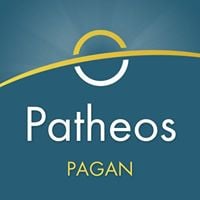
Patheos Pagan on Facebook.
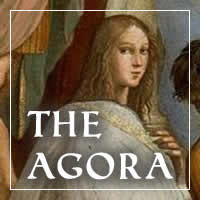
the Agora on Facebook
The Rantin’ Raven is published on alternate Saturdays here on the Agora. Subscribe via RSS or e-mail!
Please use the links to the right to keep on top of activities here on the Agora as well as across the entire Patheos Pagan channel.



